Who doesn’t like decluttered and clean spaces? A cluttered space can give you anxiety and bring negative emotions.
Here are some genius tips for you to declutter your space!
1. Prioritize Goals

Know the Destination
When you start decluttering, you should be clear with your goals. Set them according to their priorities and ask yourself, “Why are you decluttering in the first place?” Here are some possible reasons:
- Decluttering to get rid of stress, as cluttered spaces can exacerbate negative emotions.
- Trying to save yourself from unnecessary spending. Check out all the clutter; this will give you insight into avoiding excessive spending.
- To simplify your life by bringing mental peace and physical space.
2. Sort Items into Categories

The Category Round-Up
Categorizing items can greatly enhance decluttering efficiency. Create categories like ‘Keep,’ ‘Donate,’ ‘Recycle,’ ‘Throw Away,’ and ‘Relocate.’
This helps determine the value and purpose of each item.
3. The “One-In, One-Out” Rule

The “Make Space” Rule
This is a fantastic decluttering rule, and it keeps you from accumulating unnecessary stuff.
Whenever you bring one thing home, you should get rid of one.
4. Utilize Empty Corners

Don’t Let Corners Be Cornered
Do you have any empty corners in your house? Well, it’s time for you to utilize them.
You can install floating shelves and cabinets in these corners. This will help you store items such as plants, books, and showpieces, while also saving floor space.
5. Multi-Functional Furniture

Look into Multifunctional Furniture Options
Search for multi-functional furniture as it maximizes space and serves multiple purposes.
Examples include ottomans, storage beds, sofa beds, Murphy beds, and more
6. The 3-Second Rule

Make a Quick Decision
This decluttering rule is decision-based and works best if you have strong decision-making skills.
The rule is simple: ‘Think for 3 seconds about whether you want to keep the item.’ If you can’t decide within that time, it’s probably best to throw it away.
7. Banish the “Maybes”

Uncertain While Making the Decision
Whenever you start decluttering and find an item that you think you ‘might‘ use in the future or maybe it will come in handy, then it’s clutter, and you should get rid of it.
8. 80/20 Decluttering Rule

Time to Tame the “Frivolous Many”
Do you own any ‘Vital Few’? Out of 100% of the items you have, only 20% of them truly matter to you and bring joy.
While 80% of the items result from your impulsive shopping behavior, you should probably eliminate them. Instead, fill your space with things that make you happy and are useful.
9. Use organizers

Maximize Space Through Organizers
You can buy organizers; they’re practical and provide you with a guide on how to organize and place things strategically.
10. Ditch the Duplicates

Extras Creates Clutter
Keeping duplicate things will only clutter the space. If you already have one fully functional item, then the other is just clutter for you.
This leads to accumulating things, as when you already have a similar item, you’ll probably not use the other.
11. The Room-by-Room Approach:

Declutter Orderly
Start decluttering with one room and then move to the next. Don’t ever try to declutter all the rooms or multiple spaces simultaneously and then think of decluttering altogether.
This will be overwhelming for you, and you’ll probably give up in the middle of decluttering or become extremely exhausted.
Don’t even declutter your room altogether. Try using small spaces like shelves, drawers, wardrobes, etc.
12. Quick 10-Minute Declutter
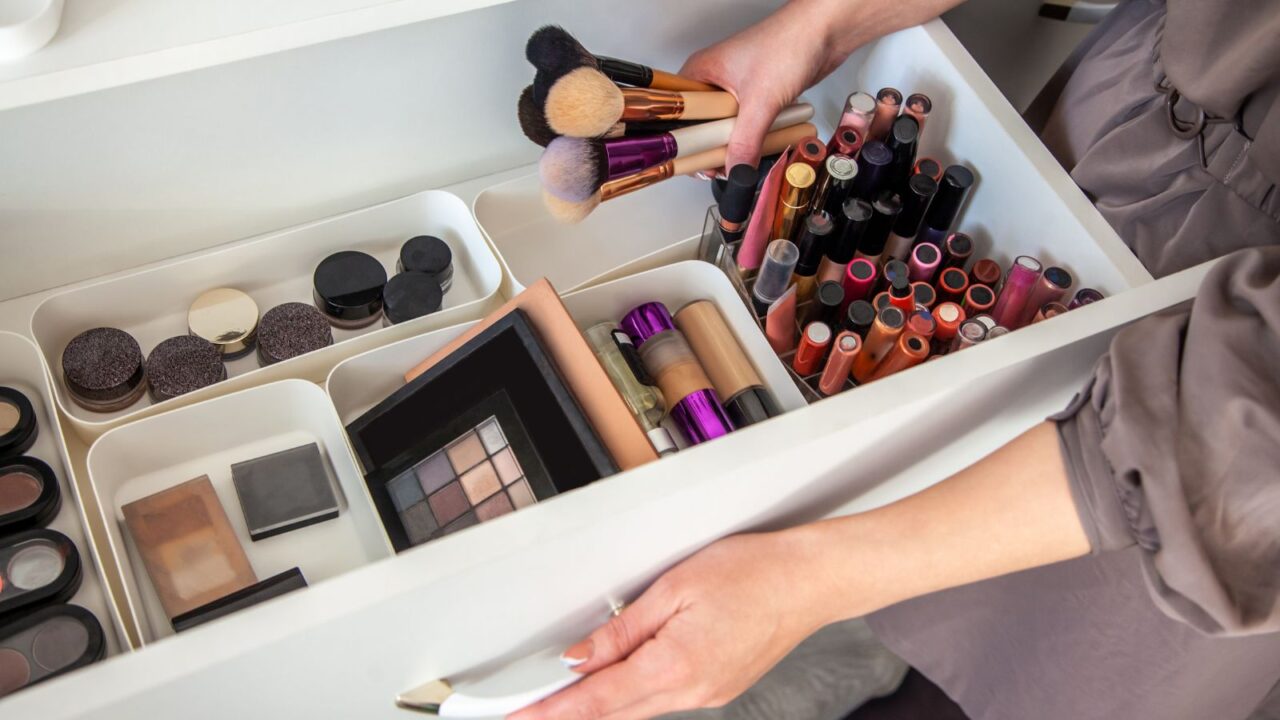
A Mindful 10 Minutes Decluttering Session
You can create a daily 10-minute decluttering habit to avoid a really messy space at the end of the week or month.
Decluttering common messy areas, such as your dressing table or kitchen counter, can be a helpful daily habit.
13. Group Similar Items

Organize Similar Items to Declutter
You can gather all the items and declutter them in a basket. Organize them based on their similarity.
Once done, now give yourself a deadline of “Use It or Lose It.” If not used in the particular time given to you, and if it doesn’t come in handy, you know it’s useless.
Another similar rule is the 90/90 rule. If you haven’t used an item 90 days before or don’t plan to use the item 90 days after, then it’s time to say bye.
14. Labeling systems
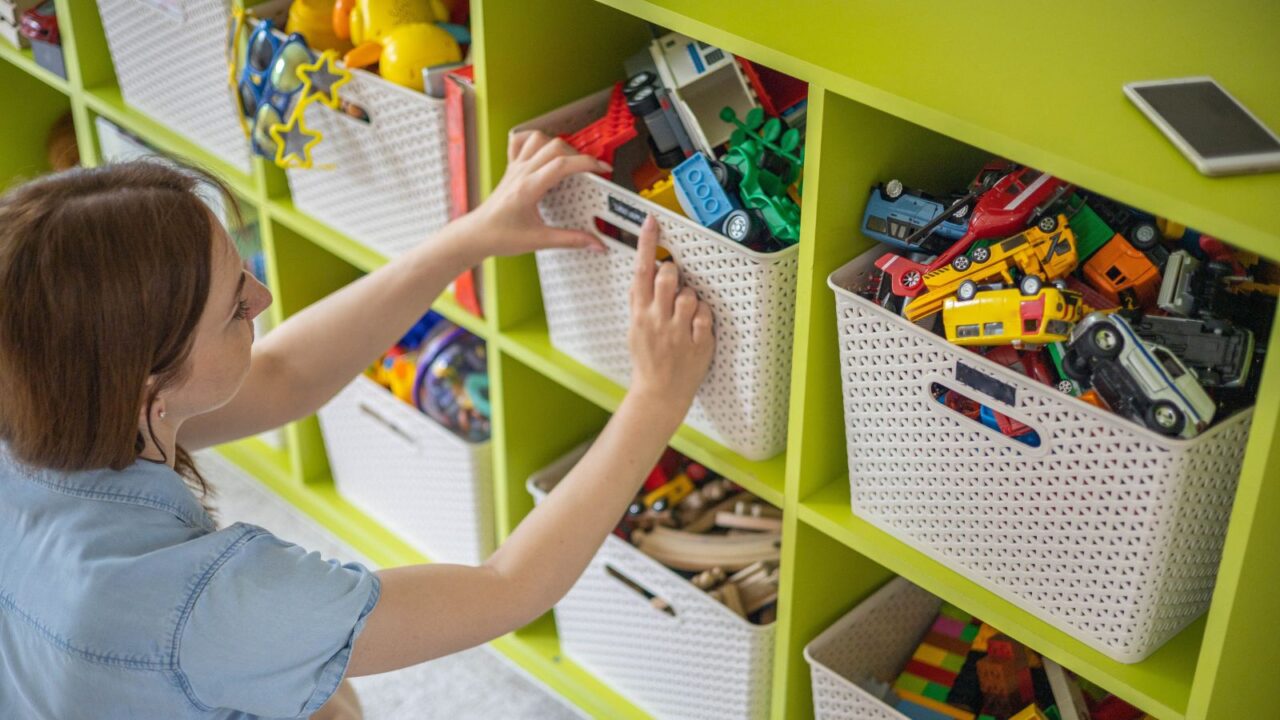
Label Places and Items
Labeling is another great organization system; it helps you find things easily and reduces clutter creep.
Label places, and then places will have their spots. This will be a visual reminder for you of where the items go, and when things don’t go to certain places, you will know what to do.
15. No Space, No Purchase
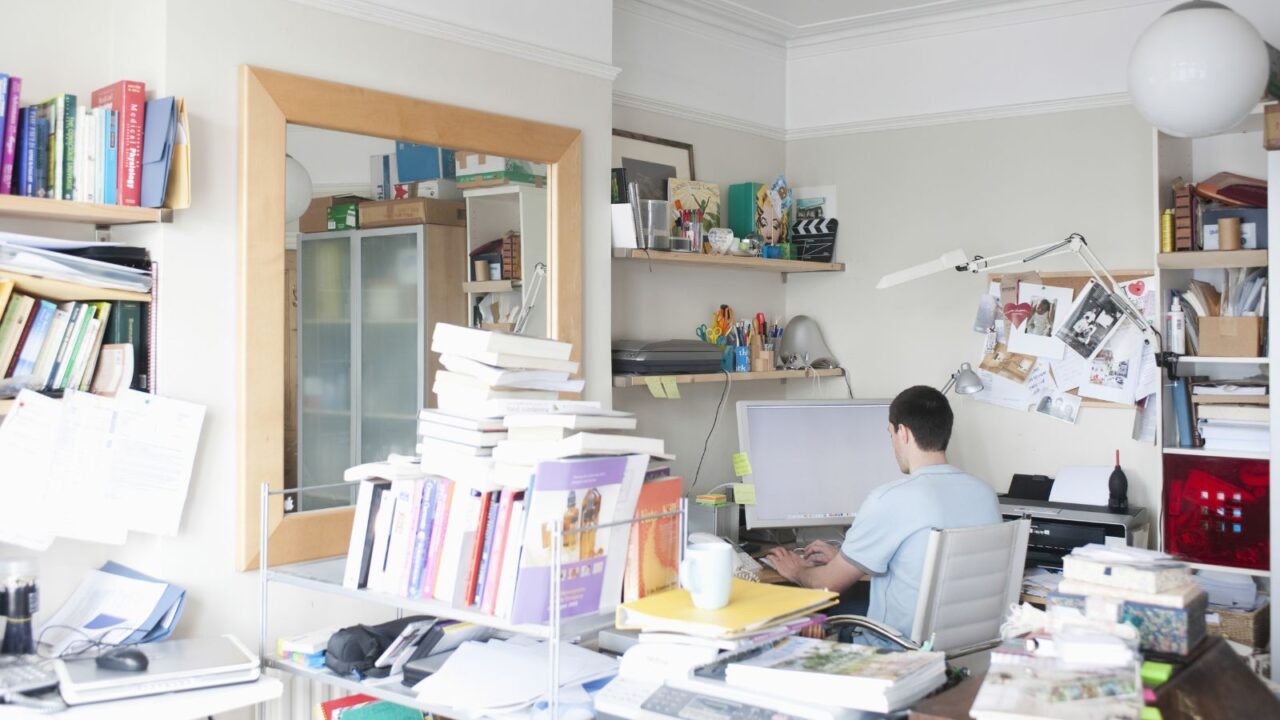
Avoid Impulsive Buying
Don’t go impulsively shopping; go compulsively shopping.
Look at the space in your house; if you can’t find a place for the item you want to purchase, you don’t need to clutter your house.
16. Digitize When Possible
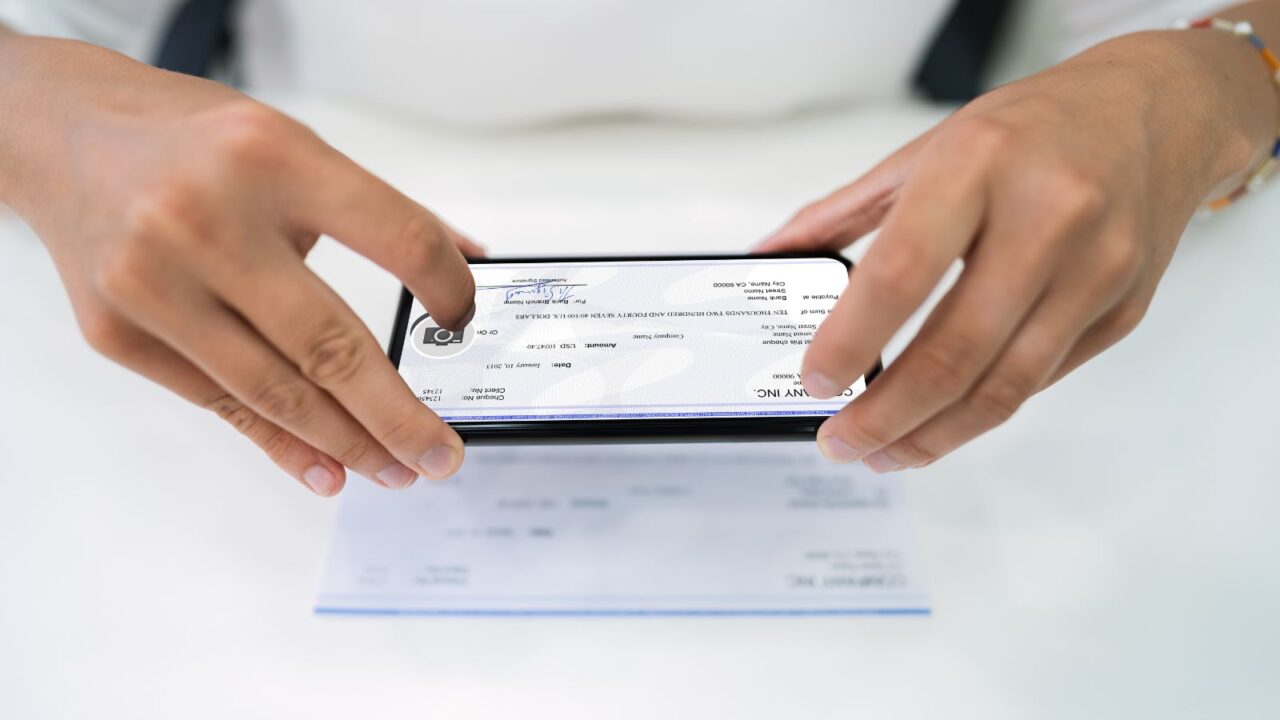
Digitize Items to Save Space
Digitize things when possible, for instance, papers, documents, and books; when they can be digitized, do it.
This will give you plenty of space for other useful stuff.
17. Keep Things that ‘Spark Joy’

Find Out What Truly Makes You Happy
Another great tip by the expert, Marie Kondo is, “The best way to choose what to keep and what to throw away is to take each item in one’s hand and ask: “Does this spark joy?” If it does, keep it. If not, dispose of it. This is not only the simplest but also the most accurate yardstick by which to judge.”
So, if something brings you joy immediately, keep it; if it doesn’t, throw it away.
18. Repurposing Items Instead of Buying
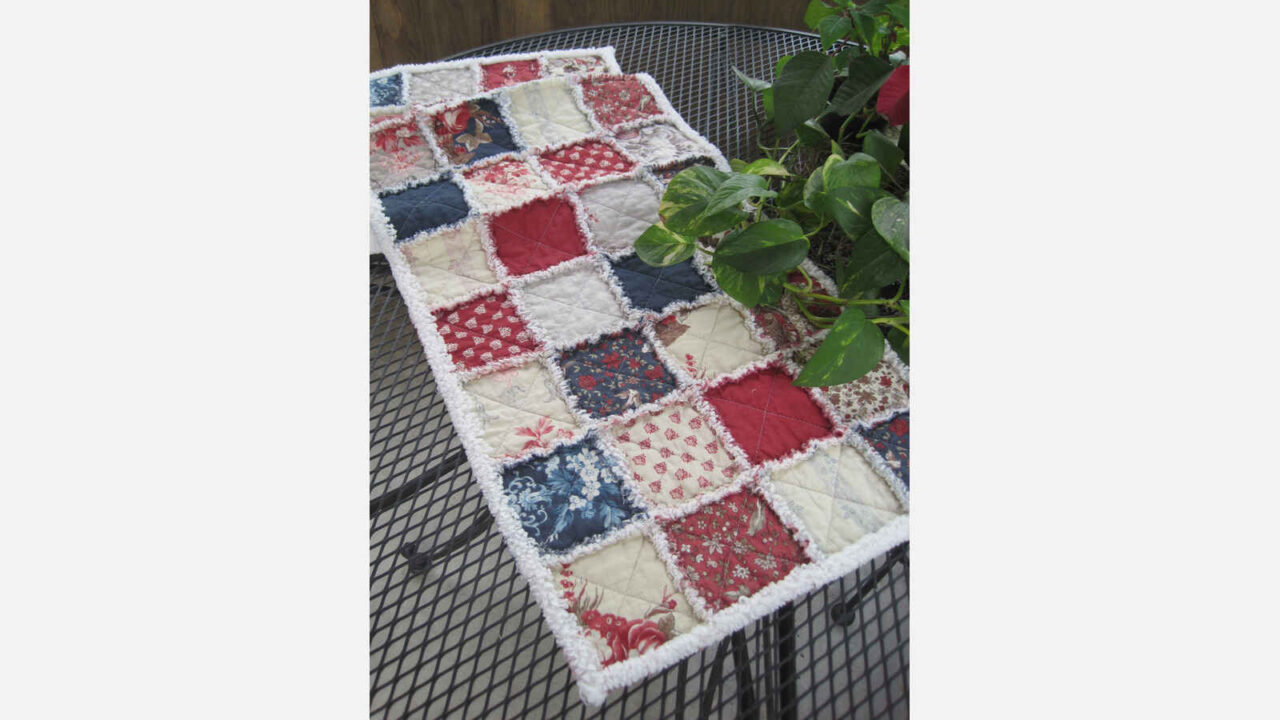
Don’t Buy Extra Decoration Items
If there’s an occasion coming up or you simply want to bring in some change, try finding stuff you already have at home and using it in a new way. It’ll also help keep your space clutter-free.
Here are some repurposing ideas for decoration.